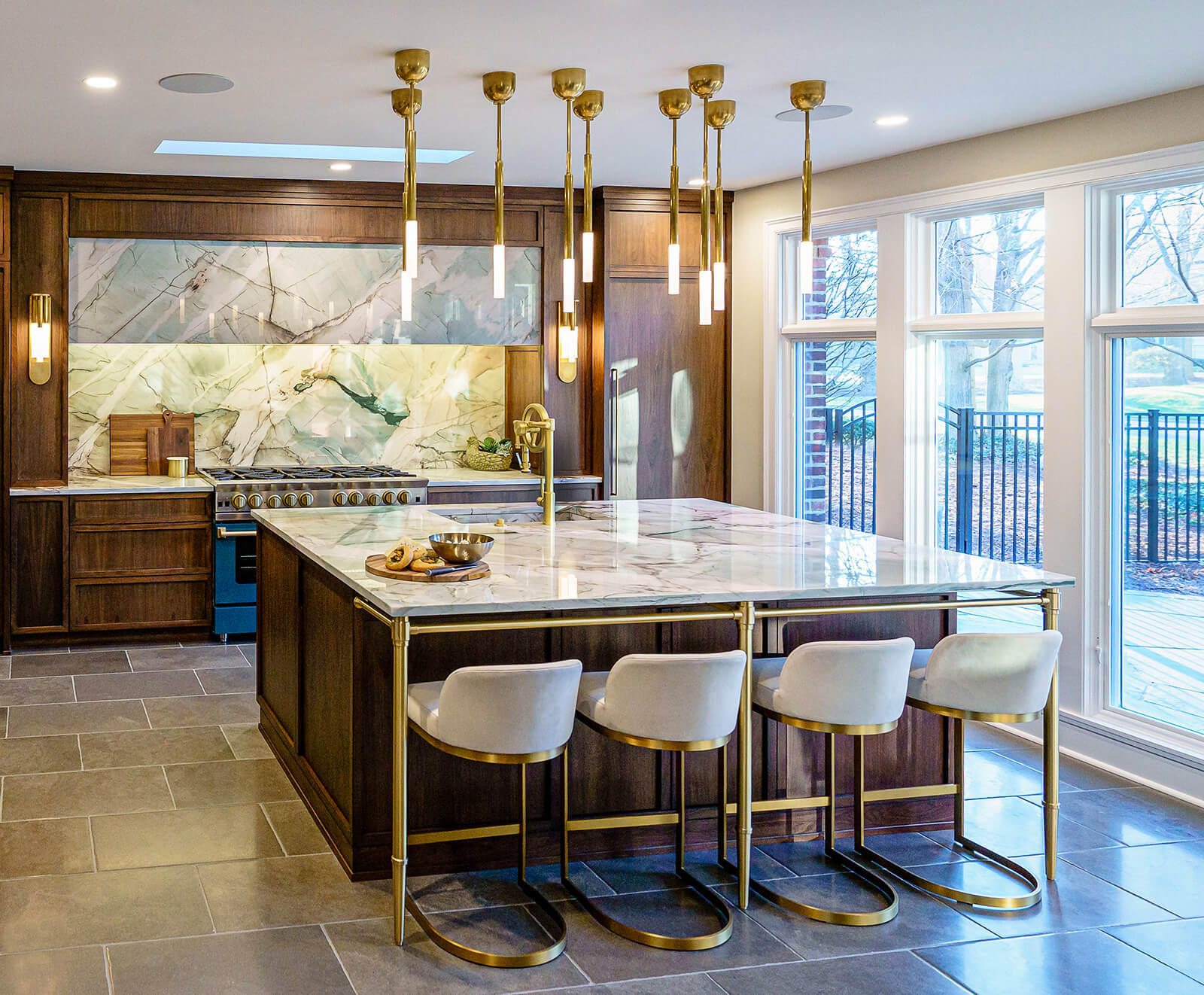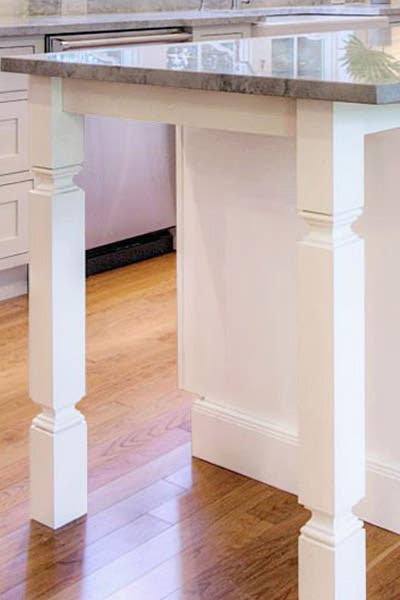Discover Durable and Attractive Legs For Kitchen Island Improvements
An Overview to Picking the Perfect Legs For Kitchen Area Island for Your Home
Choosing the excellent legs for your kitchen island is a nuanced decision that impacts both the capability and aesthetic appeal of this central area. As you think about these elements, it becomes noticeable that the right legs can transform not just the appearance of your kitchen area yet additionally its usability for years to come.

Understanding Kitchen Island Legs
When choosing legs for a cooking area island, it's important to recognize their visual and useful duties in the overall layout. The legs serve as an essential assistance system, guaranteeing stability and sturdiness for the island, which commonly operates as a work space, dining area, or gathering area. The selection of product and construction method should be robust adequate to hold up against day-to-day use and prospective wear.
Along with their architectural duties, legs contribute significantly to the island's aesthetic charm. They can enhance the kitchen's design, whether through traditional, modern, or diverse styles. The elevation and proportion of the legs are also essential considerations; they need to balance with the island's counter top elevation while making certain comfortable seating for those using the room.
Additionally, the leg style can influence the general flow of the kitchen. Open, airy leg styles can create a feeling of lightness, while solid, considerable legs might communicate a much more grounded and steady visual - Legs For Kitchen Island. Understanding these practical and aesthetic aspects will guide homeowners in making educated selections that complement their kitchen area's design and improve its use
Popular Styles and Materials
The option of legs for a kitchen island incorporates a selection of prominent styles and materials, each offering special features that can boost both functionality and appearances. Traditional legs commonly exhibit elaborate details and craftsmanship, boosting classic kitchen area designs.

Height and Stability Factors To Consider

Security is one more vital factor to consider. The legs of the kitchen area island must supply appropriate assistance, guaranteeing that the structure can endure everyday usage without wobbling or moving. Product option plays a considerable duty in security; metal legs, for circumstances, have a tendency to use better toughness compared to timber. Furthermore, guaranteeing that the island is securely secured to the flooring or wall surface can enhance security, especially for larger islands that might birth considerable weight.
Matching Your Kitchen Area Visual
Selecting the best legs for your kitchen island surpasses capability; it likewise plays a substantial duty in the general aesthetic of the area. When selecting legs, think about the design style of your cooking area. For a contemporary look, smooth metal or minimal index designs can develop a clean, modern vibe. On the various other hand, traditional or rustic cooking areas frequently gain from wooden legs with intricate detailing or a distressed finish, boosting warmth and personality.
Legs that enhance or comparison with your island's surface area and bordering cabinets can produce aesthetic harmony or striking focal factors. Furthermore, consider the coating of the legs; matte, shiny, or textured coatings can dramatically affect the total feel of the kitchen area.
Installation and Upkeep Tips
Installing kitchen area island legs needs careful interest to information to make sure both security and visual appeal. Begin by picking a suitable location for your island, ensuring it is level and has sufficient room for activity. Make use of a stud finder to find wall studs if you are attaching the legs to a wall or utilizing braces for included support. Mark the positioning of the legs properly prior to boring.
When safeguarding the legs, use high-grade screws and, if required, timber adhesive for extra stamina. For metal legs, make sure that you are utilizing ideal supports and tools to avoid damage to your flooring. It is a good idea to look for levelness after installment, making adjustments as needed to stay clear of wobbling.
Clean the legs with an ideal cleaner, avoiding rough materials that might scrape the surface area. By complying with these installment and upkeep ideas, you can ensure that your kitchen area island legs remain both functional and aesthetically appealing.
Conclusion
In final thought, selecting the ideal legs for a kitchen island necessitates mindful factor to consider of elevation, stability, and visual compatibility. Inevitably, thoughtful leg option plays an essential duty in boosting both the functionality and style of the cooking area space.
When selecting legs for a kitchen island, it's necessary to recognize their useful and visual duties in the general style. Open, ventilated leg designs can produce a feeling of lightness, while solid, significant legs might communicate an extra based and secure visual. The legs of the kitchen island need to give adequate assistance, guaranteeing that the structure can endure daily use without moving or wobbling.Mounting kitchen area island legs requires careful attention to information to make certain both stability and visual appeal.In final thought, picking the appropriate legs for a kitchen area island requires mindful consideration of height, security, and aesthetic compatibility.